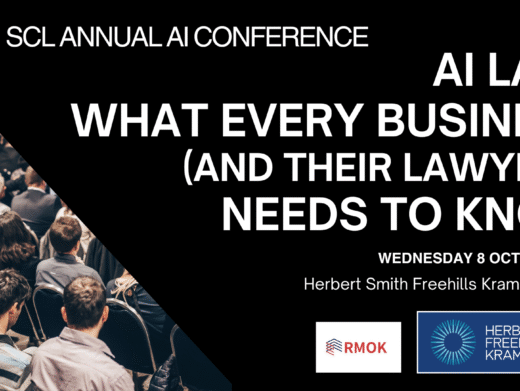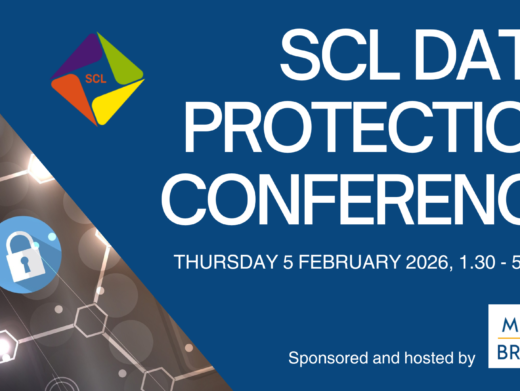Invariably, court, tribunal and investigative work now involves evidence in electronic form. Moreover, with more business being transacted at a distance than ever before in light of the COVID-19 pandemic, electronic signatures are likely to be of far greater interest than before. The publication of the fifth edition of this well-established practitioner text (or two texts – see the final paragraph of this review below) could not have come at a better time.
The text will be of particular interest to those practising in litigation, disputes and/or investigations. It will also be useful to others tasked with evaluating the reliability of electronic evidence, for instance judges and tribunal members. Some of the material is especially relevant to disputes where the subject of the dispute is a type of technology, but most of the text is clearly of general application. In addition, as with the rules of evidence generally, much of the case law in this area arises in a criminal law context; however, the text deals with its subject usefully regardless of whether the reader’s interest is civil or administrative disputes, regulatory or criminal prosecutions, or investigations.
The authors cover many topics with reference to legislation, case law and law reform materials primarily from England and Wales. They frequently compare the position here to other jurisdictions, including extracting relevant case law from those jurisdictions, which is not only interesting but helpful where the law here is relatively under-developed. Of the many topics covered, the highlights (at least from a litigator’s perspective) include:
- The sources and characteristics of electronic evidence and artificial intelligence (which includes useful explanations of what is meant by “lost” or deleted files; “temporary” or “cache” files; “program logs”, metadata, etc.).
- An analysis of the rules of evidence as they apply to electronic evidence, including the admissibility of, and weight to be given to, electronic evidence, and an entire chapter dedicated to the rule of hearsay, another on the presumption that computers are “reliable” and another on authenticating electronic evidence.
- Encrypted data, including compelling disclosure of such data in England & Wales.
- How to prove facts using electronic evidence, including guidelines on collecting, handling and analysing electronic evidence forensically.
- Electronic signatures, including the application of the Electronic Communications Act 2000, click-wrap / browse-wrap “signatures”, and disputed and forged signatures.
Notably, the text arms those seeking to establish, challenge, or judge the reliability of evidence in electronic form with the latest legal and scholarly resources available. At its heart, the text also provides essential commentary on the gulf between (a) the legal presumption that computers (and computer-like devices) always work properly (and that, therefore, electronic evidence is reliable) and (b) the contrary reality acknowledged amongst those in the tech industry. The point is well-demonstrated in various parts of the text, but if you are after a poignant illustration of the difficulties resulting from the presumption, I recommend the gloomily accurate opening vignette (page xiii) in which Sergeant Chaucer tries to persuade a Judge that his client is entitled to disclosure from the defendant, Positively Open Limited, in respect of its software system, EarthSkyMeet. (If this makes you chuckle, the vignettes from previous editions are at page 508.)
In a rare but welcome decision, the authors have made the text available under a Creative Commons licence here. The Fifth Edition marks the end of an era, as long-term editor Stephen Mason, who started the text over 14 years ago, passes the baton to co-editor Daniel Seng. It is also an interesting edition because for the first time it combines Stephen Mason’s other long-running text Electronic Signatures in Law, which is no longer being updated, with the Electronic Evidence text. Two texts for the “price” of one.
Leah Gardner, Associate, Litigation & Arbitration, CMS Cameron McKenna Nabarro Olswang LLP; Member of the Society for Computers and Law. The views and opinions expressed in this article are those of the author and do not necessarily reflect those of CMS.
ABOUT THE BOOK
Electronic Evidence and Electronic Signatures, Fifth Edition
- Edited by Stephen Mason and Daniel Seng
- Paperback: 978-1-911507-22-2; Hardback: 978-1-911507-26-0; PDF: 978-1-911507-24-6
- 604 pages
- University of London Press, 2021




